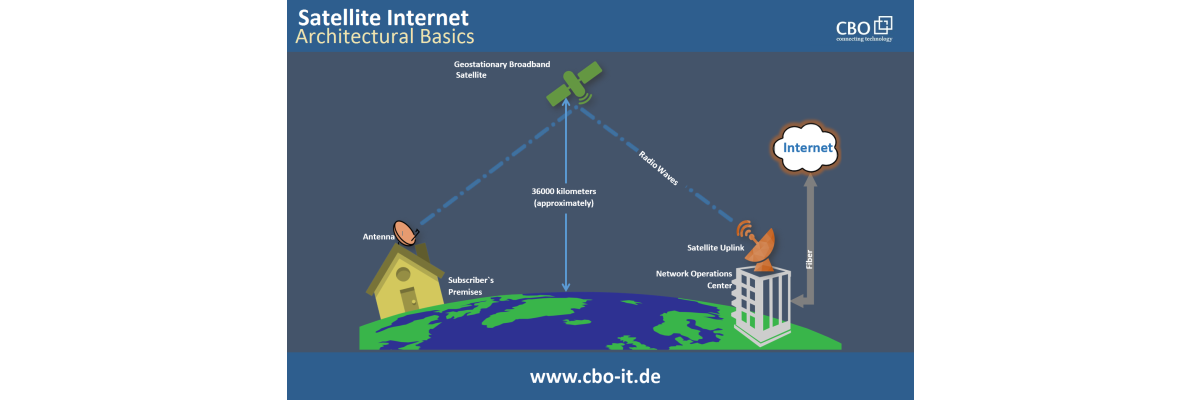In today`s challenging environment the 100G networking architecture has become an ultimate choice. As a result, an ongoing boom can be observed in the 100G optical transceiver market. Now, this is not the end rather it can be considered as the beginning of a new era. It is widely believed that the network will evolve towards superior, 400G networking architecture. Consequently, we might witness a market drive evolution of 400G optical transceiver modules. On the other hand, many big market players such as HP, IBM, and Intel can be observed chasing their interest in silicon photonics.
Silicon Photonics & Networking
Silicon Photonics is a groundbreaking technology in which optical rays are employed for the transmission of data between various digital devices and components. Optical rays can offer a higher data transfer rate than electrical conductors. Silicon Photonics is an evolving technology and it’s still in the hands of technology giants only. however, industry experts are very optimistic about this technology and the possible revolutionary impact that can be brought through it.
Use of Lasers in Optical Transceivers
Lasers can be considered as core components when it comes to optical transceivers. It is estimated that 60% of the module`s cost can be attributed to the laser it contains. Here, it is important to note that the laser is closely linked to the transmission distance of the optical transceiver. Today, we have several types of lasers available on the market including; FP, EML, DML, DFB, VCSEL, etc. The following table contains summarized information about different types of lasers.
Silicon Photonics Vs. Lasers in 100G Sector
VCSEL Lasers
100G multimode fiber networks widely used 100G-SR4 QSFP28 VCSEL type laser drive 100G-SR4 QSFP28 optical modules. VCSEL lasers feature low power consumption, small size, high coupling rate and they are available at a lower price, relatively.
EML Lasers
The EML offers a stable wavelength operation even at higher speeds because of its low wavelength dispersion. the single-chip based EML laser consists of an electro-absorption modulator directly integrated with the laser diode. The frequency response of this type of laser is governed by the capacitance of the EAM (electro-absorption modulator) section and it can achieve higher operating speeds up to and even more than 40 GHz. EML type lasers are often used in the construction of 100G-LR4 QSFP28 and 100G-ER4 transceivers which are widely deployed in single-mode fiber-based networking infrastructures to transmit data over up to 10 kilometers.
DML Lasers
DML type lasers are preferred for relatively shorter reaches (2-10km) and lower speeds ((≤25Gbps) applications in the datacom and telecom sectors. The lower frequency response, higher chromatic dispersion, and relatively low extinction ratio are a few major differences between the EML and DML type lasers. This type of lasers is often utilized in 100G-CWDM4 QSFP28 optics where CWDM based connectivity over up to 2 kilometers is desired.
Silicon Photonics
As we have discussed earlier the silicon photonics technology is a recent breakthrough and it has become a popular option especially in the 100G sector. Networking industry leaders are focusing on the development of silicon photonics-based advanced transceivers to mitigate the upcoming networking boom expected with the proliferation of 5G technology.
In 5G transmission, this modern technology will assist in routing an extensive amount of data at a relatively lower cost. According to a study the silicon photonics market is projected to expand at over 30% CAGR (compound annual growth rate) between 2020 and 2026. In the current scenario, silicon photonics based 100G PSM transceivers are dominating the 100G sector with a whopping market share of 80% approximately. The following graph is showing the projected growth of silicon photonics-based optical modules in the upcoming years.
Silicon Photonics – Challenges & Advantages in the 100G Transceiver Industry
In today`s scenario, InP and Si are the two types of technologies available for the development of optical integration products at a commercial scale. Lasers like EML, DML, and DFB come from the InP family which is mature in technology, relatively. However, InP lasers come at a higher cost and are not compatible with CMOS. On the other hand, the Si silicon photonic devices offer broad integration opportunities with integrated circuits and optoelectronic devices through the CMOS process.
The current lineup of silicon photonics-based 100G modules are exhibiting the potential of growth this technology has. However, it isn’t simple stuff at all. There are certain challenges related to the integration and efficient capitalization of this technology in the optical transceivers industry and let us discuss a few of those challenges.
1. Packaging
The packaging of silicon optical chips and other optoelectrical components for the construction of an optical module is complicated and difficult. Although silicon optical technology has been around for many years and quite mature there are still many technical challenges in the packaging process from silicon chip to optical transceiver. The packaging cost and yield are two main issues that are needed to be optimized.
2. Laser Integration
As we know, silicon by itself cannot emit light, and modules based on this technology require an external light source that happens to be a laser just like conventional optical modules. Light sources have been crucial issues for silicon photonics since the beginning and the development of practical light sources for silicon-based optical transceivers is an R&D focus. Off-chip light sources can be considered as an “optical power supply” or “photon supply” for the chip. In a particular application, the decision about the placement of the light source off- or on-chip is “situational” depending upon factors including average power consumption, heat sinking, cost, size, energy dissipation, etc.
3. Thermal Management
The silicon optical chips are sensitive to temperature and the temperature influence would be more significant in case if the grating structure is used. Thus, further optimization in the power consumption control and structural characteristics are required for the achievement of a cost-effective, reliable, and energy efficient design.
Conclusion
Undoubtedly, silicon photonics technology has the potential to revolutionize the networking industry. However, it is still in an evolutionary phase. many challenges related to the integration of this new chip-based technology with other optoelectrical components are yet to be addressed. It is appreciable that a lot of research and development efforts are being poured into this field. According to various studies, silicon photonics technology is going to earn a definite share in the 400G sector. But it's a laser that is currently dominating the 100G sector.
 English
English
 Deutsch
Deutsch
 Espaniol
Espaniol










